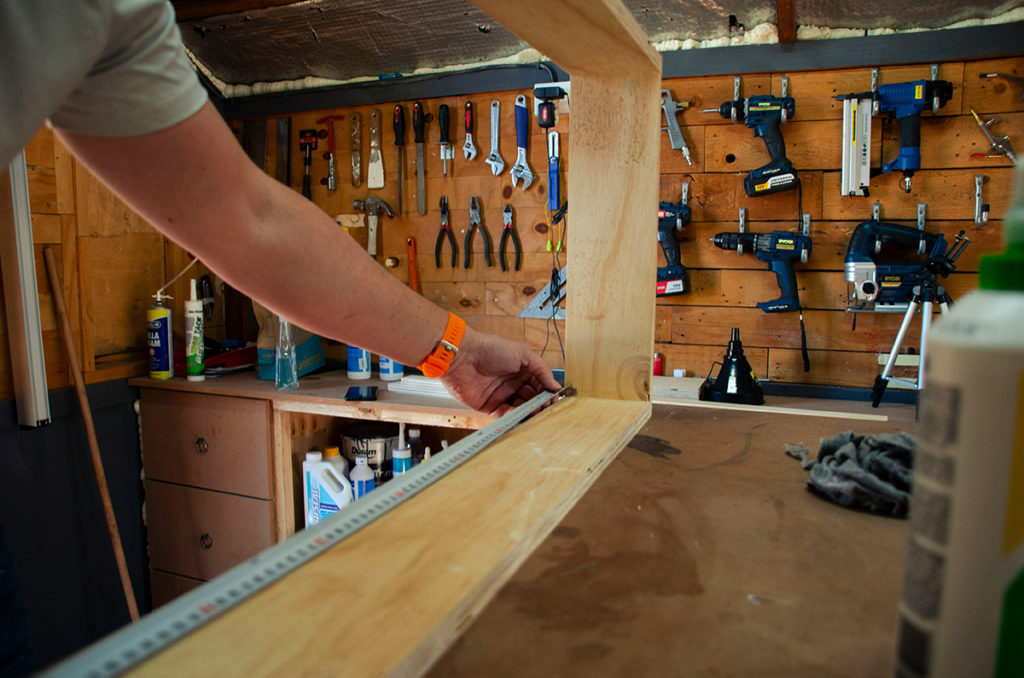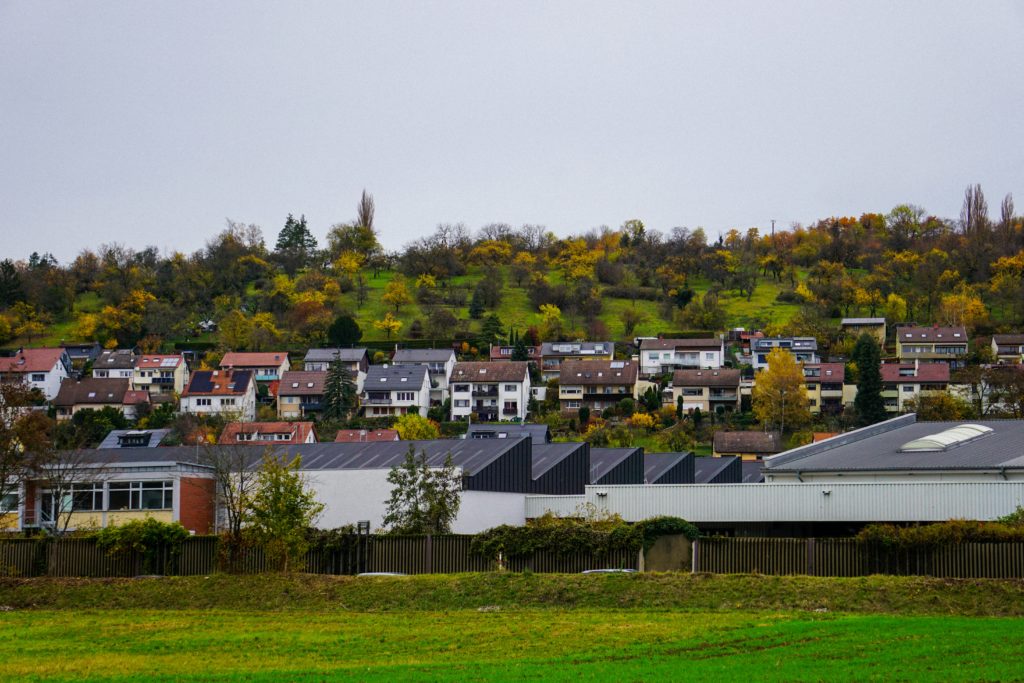House Loan News:-Scotland’s smaller builders need to be cultivated to help the country tackle its backlog demand for new homes, claims Homes for Scotland in a report released this week.
The trade body said although 2018 was the best year in a decade for housing, small builders’ contribution to the 20,000 plus homes built had fallen by 40 per cent. They accounted for just 2,500 of the new homes, before the 2008 recession they were building an average of 4,000 to 5,000 homes a year.
Homes for Scotland, HfS, policy director, Fionna Kell, said the country’s geography meant smaller developers were particularly important.
“Quite often the volume housebuilders aren’t active in all parts of Scotland. The big builders are in cities like Glasgow and Edinburgh with the smaller builders tending to build in towns and villages.”
Ms Kell said smaller builders were better linked to the local economy in terms of the supply chain and employing local people. HfS stressed that if the SMEs could restore their pre-recession level of building 4,000 homes a year this would create 8,000 new jobs annually.
Ms Kell added that SME builders were more likely to tackle smaller brownfield sites than larger companies.
“Smaller builders often know and understand very specific local market dynamics better than the volume developers.
“They know about the finer nuances with regards to what is viable,” she said.
Small-scale home builders working group ambassador, Andy Pearson, agreed that re-invigorating the sector would have a range of benefits.
“It would see an increase in and diversity of product as well as improved local employment and supply chain growth, particularly in secondary and more rural locations,” he said.
HfS wants the limit for when builders contribute to affordable housing and infrastructure to be raised from a ten-home development to a 12-home one. They would like a graded approach for sites of 13 to 25 homes with provision made for a proportionate capped fee.
It wants national standards on design and engineering for new roads. Roads for small sites of up to 50 homes should be adopted within the statutory one-year deadline and there should be an increase of up to 12 homes allowed off a private road, advised the report.
Cutting back on planning red tape would make a difference
It also wants councils to stick to the eight-week statutory period for determining an application and would like the number of upfront site investigations before a planning application reduced.
“A lot of finance will not cover any costs without planning consent and these costs have to be funded by the developer. We would like a reasonable approach to provide a baseline of technical reports,” said Ms Kell.
House Loan by HZA
Brokers Hank Zarihs Associates said this would help SME developers press ahead with gaining construction loans and property development finance more easily and would be a positive step.
HfS would also like to see help-to-buy extended to 2023, in line with England’s deadline, with the home value cap raised to £250,000.
The organisation is also calling for local development plans to actively consider smaller builders with clearly worded policies stating where windfall development is supported. It wants housing land audits, local place plans and vacant and derelict land registers regularly updated with sites viable for smaller builders promoted.













